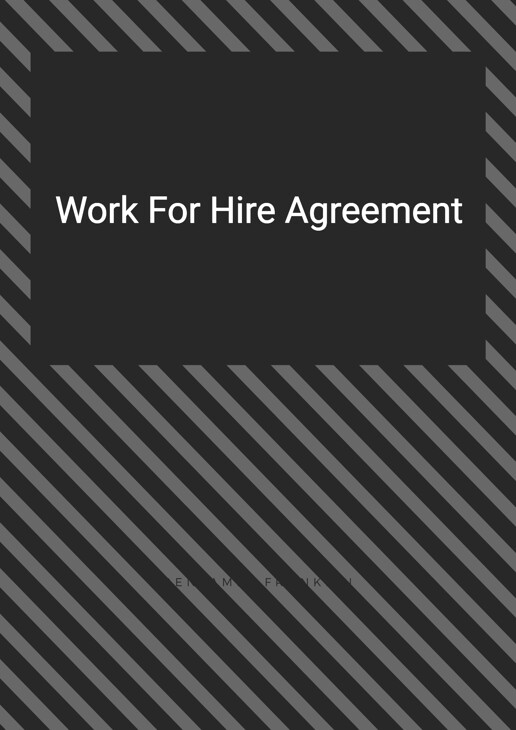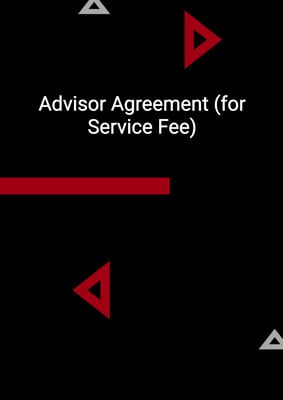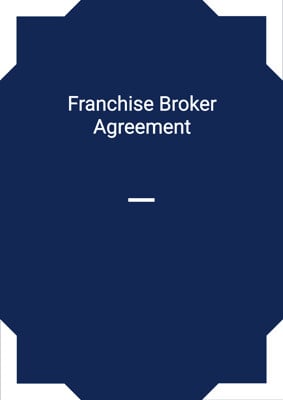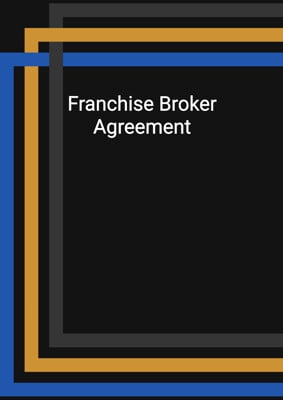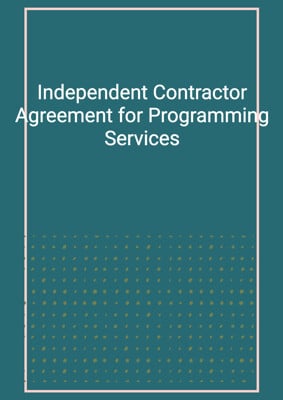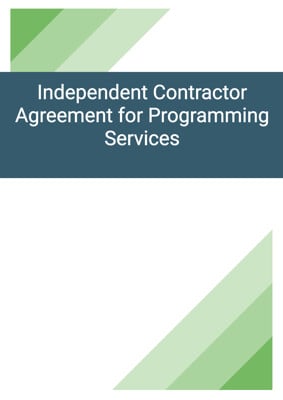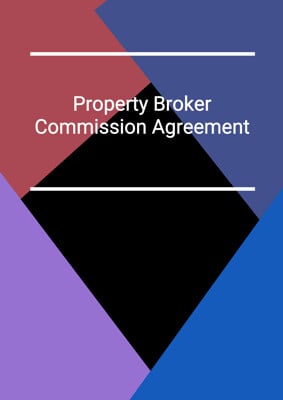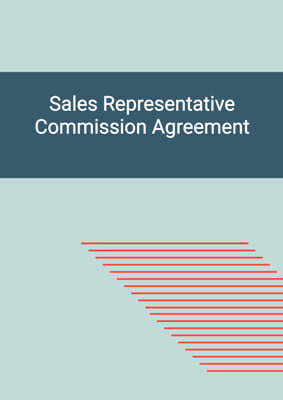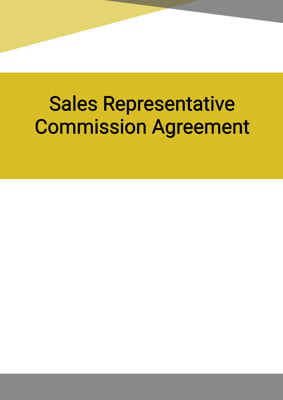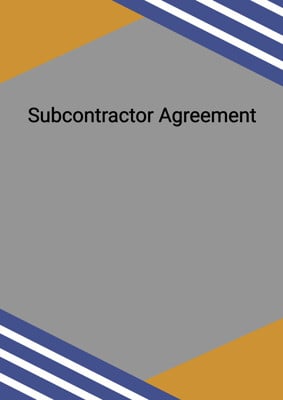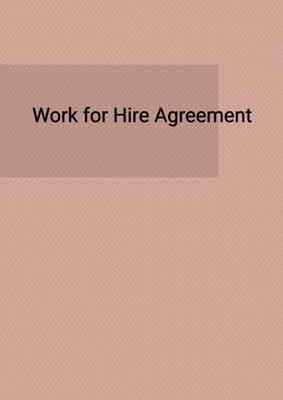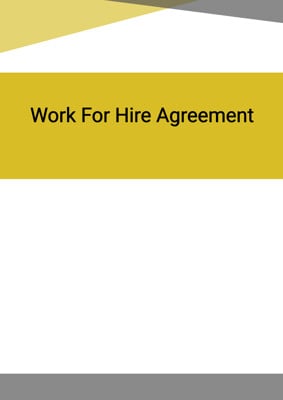How to Tailor the Document for Your Need?
01
Create Document
Fill in the details of the parties. You can click the "Fill with Member’s Information" button to complete it with information saved to your account.
02
Fill Information
Please fill in any additional information by following the step-by-step guide on the left hand side of the preview document and click the "Next" button.
03
Get Document
When you are done, click the "Get Document" button and you can download the document in Word or PDF format.
04
Review Document
Please get all parties to review the document carefully and make any final modifications to ensure that the details are correct before signing the document.
Document Preview
Document Description
A Work for Hire Agreement is a legal contract commonly used in various industries, defining the terms and conditions under which a person or entity (the contractor or freelancer) is hired to create a specific work or project for another party (the client or hirer). This contractual arrangement plays a crucial role in clarifying the rights, responsibilities, and expectations of both parties involved in the creative or professional process. Below is a detailed description of what a Work for Hire Agreement encompasses and why it is essential.
A Work for Hire Agreement includes:
-
Scope of Work: The agreement typically begins by outlining the project's scope. It describes in detail the services to be provided, the project's objectives, and any specific deliverables.
-
Compensation: The compensation section defines the payment structure. It may also include details on when and how payments will be made.
-
Work for Hire Clause: This is a crucial component of the agreement. It explicitly states that any work created under the contract is considered a "work made for hire." This means the client, not the contractor, owns all rights to the work, including copyrights.
-
Confidentiality: Work for Hire Agreements often include a confidentiality clause, safeguarding the client's proprietary information and trade secrets. Contractors are typically required to keep all project-related information confidential.
-
Deadlines and Deliverables: Specific deadlines for project completion and the expected deliverables are established. The client may also have the option to request reasonable revisions or changes.
-
Independent Contractor Status: To clarify the nature of the working relationship, the agreement may emphasize that the contractor is an independent contractor, responsible for their own taxes and benefits, and not an employee of the client.
-
Termination: The contract usually outlines the conditions under which either party can terminate the agreement, including notice periods and compensation for work completed up to the termination date.
-
Governing Law: The agreement often specifies the jurisdiction and laws that will govern it in the event of any legal disputes.
Work for Hire Agreements offer several vital benefits:
-
Clear Ownership: The agreement unequivocally establishes that the client owns the rights to the work created, avoiding any future disputes over intellectual property.
-
Legal Protection: It provides a legal framework to protect both parties' interests, ensuring they are aware of their rights, obligations, and liabilities.
-
Project Clarity: The agreement clarifies the project's scope, objectives, and payment terms, reducing the risk of misunderstandings and scope creep.
-
Confidentiality: It safeguards the client's confidential information, maintaining the privacy and security of proprietary data.
-
Dispute Resolution: In the event of a disagreement, the agreement serves as a reference point for dispute resolution, potentially avoiding costly legal battles.
In essence, a well-drafted Work for Hire Agreement is an essential tool in defining and protecting the interests of both the client and the contractor, fostering a professional and transparent working relationship that benefits both parties. It establishes trust, safeguards intellectual property, and ensures that the project proceeds smoothly and according to plan.
How to use this document?
1. Review the entire document to understand the terms and conditions of the Agreement
2. Familiarize yourself with the interpretation section, which defines key terms used throughout the agreement.
3. Understand the contractor's obligations, including the requirement to carry out the job with due care and diligence, comply with instructions and regulations, and obtain separate agreements for any services outside the scope of the job.
4. Take note of the completion date and the consequences of non-completion, such as the customer's entitlement to liquidated damages.
5. Ensure that the contractor provides warranties for the work, including the quality of the work and the absence of infringement on third-party rights.
6. Understand the liabilities and indemnities, including the contractor's responsibility for personal injury, death, or damage caused during the job.
7. Review the payment terms, including the agreement price, payment due date, and invoicing requirements.
8. Comply with the confidentiality obligations, keeping the customer's confidential information confidential and returning it upon termination of the agreement.
9. Familiarize yourself with the provisions for termination, understanding the circumstances under which either party can terminate the agreement.
10. Take note of the jurisdiction clause and the provisions for notices and service.
11. Seek legal advice if necessary to ensure full compliance with the terms and conditions of the agreement and to address any specific concerns or questions you may have.
Not the right document?
Don’t worry, we have thousands of documents for you to choose from:
